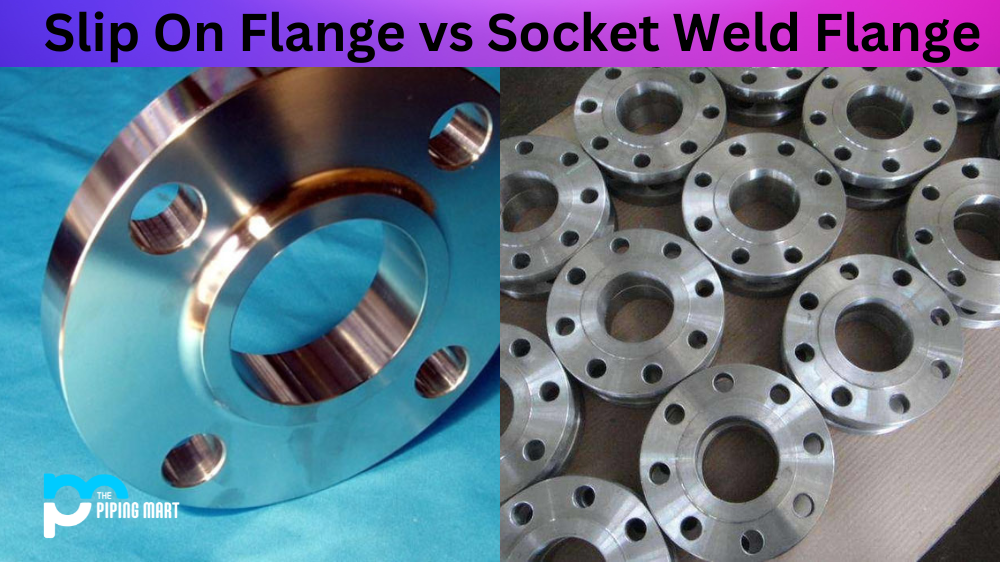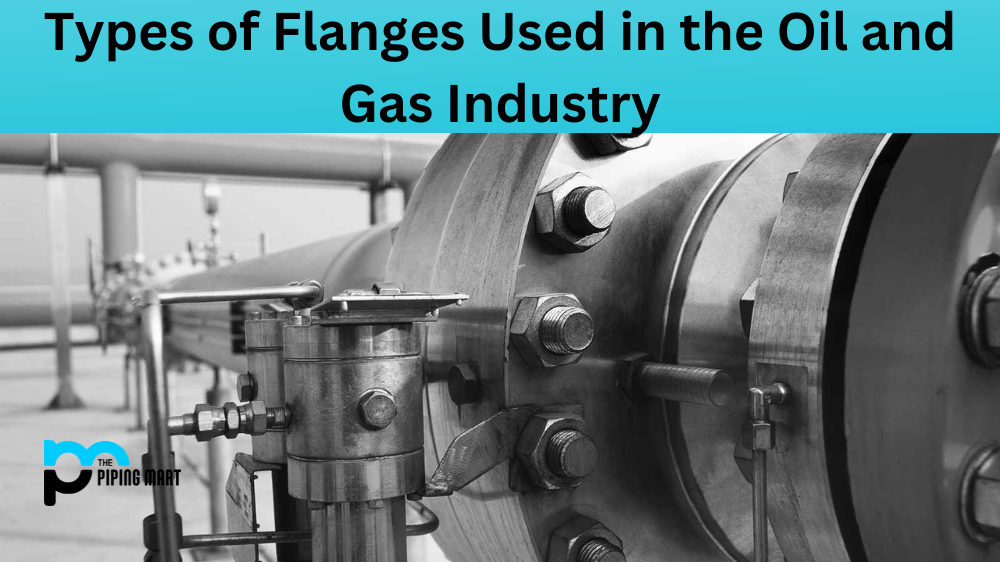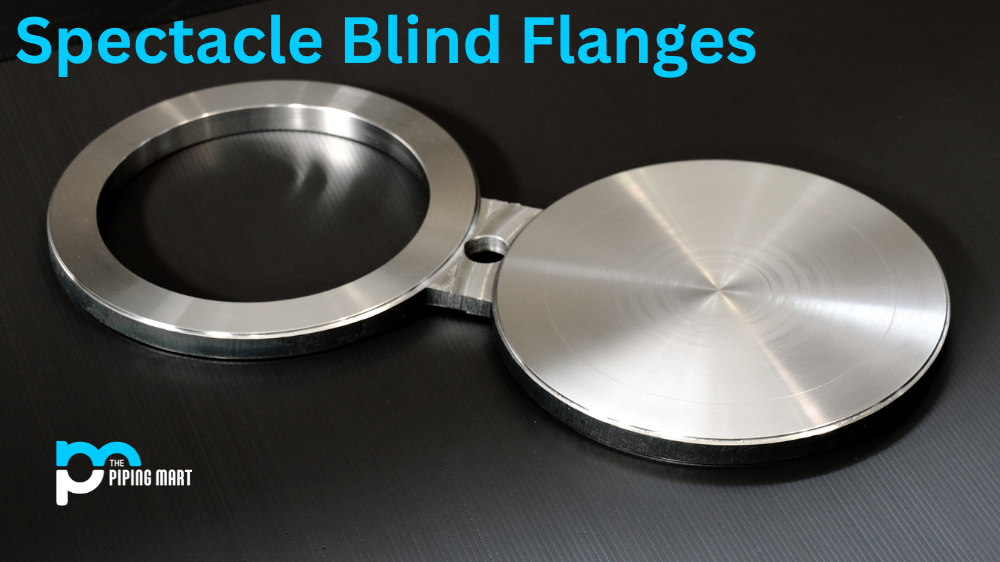In the realm of pipe fittings, numerous options exist; among them, slip-on flanges and socket weld fittings stand out for industrial applications. Each bears distinct advantages and drawbacks, making it crucial to discern their differences for optimal selection. Understanding the specific needs of an application is key to determining whether the seamless convenience of slip-on flanges or the robust suitability of socket weld fittings is the better fit for a given industrial process.
What is Slip on Flange?
Slip-on flanges rank among the most favored pipe fittings, featuring a circular disk with a central hole designed for connecting two pipes. Bolts secure the disk, passing through it and into the ends of the connected pipes. Their easy installation makes slip-on flanges stand out, requiring no specialized tools or skills. Moreover, thanks to their snug fit, they ensure a reliable seal, effectively preventing leaks or any issues associated with poorly sealed fittings.
What is Socket Weld?
Socket weld flanges are another type of pipe fitting that is commonly used in industrial applications. Socket weld fittings consist of a cylindrical piece that fits inside another pipe end, creating a secure connection between two pipes without having to thread them together as traditional threaded connections do. Socket weld fittings provide a stronger connection than slip-on flanges do because they create more surface contact between the two pipes being joined together. Additionally, socket weld fittings can be removed more easily than slip-on flanges since only one side needs to be unscrewed in order for them to come loose. However, socket weld fittings require more precision when installing than slip-on flanges due to their tight fit requirements; if not installed correctly, they may not create an adequate seal and will therefore need reworking before use.
Difference Between Slip on Flange and Socket Weld Flange
Flanges are vital in piping systems, linking pipes, valves, and equipment for a secure, leak-proof setup. Slip-on flanges slide over pipes and are welded, ideal for low-pressure systems needing frequent checks. Socket weld flanges, directly welded to pipes, excel in high-pressure applications and permanent connections. Recognizing these distinctions is crucial to prevent errors and guarantee peak performance in your piping system.
- A slip-on flange is a type of pipe flange that is designed to be slipped over the end of a pipe and then welded in place.
- A socket weld flange is a type of pipe flange that is designed to be welded onto the end of a pipe.
- Slip-on flanges are typically used for low-pressure applications, while socket weld flanges are typically used for high-pressure applications.
- Slip-on flanges are easier to install than socket weld flanges, but socket weld flanges provide a stronger connection.
- Slip-on flanges are available in a variety of materials, including carbon steel, stainless steel, and alloy steel, while socket weld flanges are typically only available in carbon steel and stainless steel.
Conclusion:
When deciding which type of fitting is right for your application, it’s important to consider all factors involved, such as ease of installation, strength and durability against temperature changes or pressure surges over time, and cost-effectiveness for your particular needs. For most applications where quick installation and reliable seals are required without needing extra strength against pressure changes or temperature fluctuations over time, then slip flange will likely be the best option; however, if you need something stronger or more easily removable, then socket weld might be better suited for your application instead. No matter what you choose, though, make sure you understand all aspects associated with each type so you can make an informed decision based on your specific requirements!

Pipingmart is a B2B portal that specializes in metal, industrial and piping items. Additionally, we share the latest information and information about materials, products and various types of grades to assist businesses that are involved in this business.




